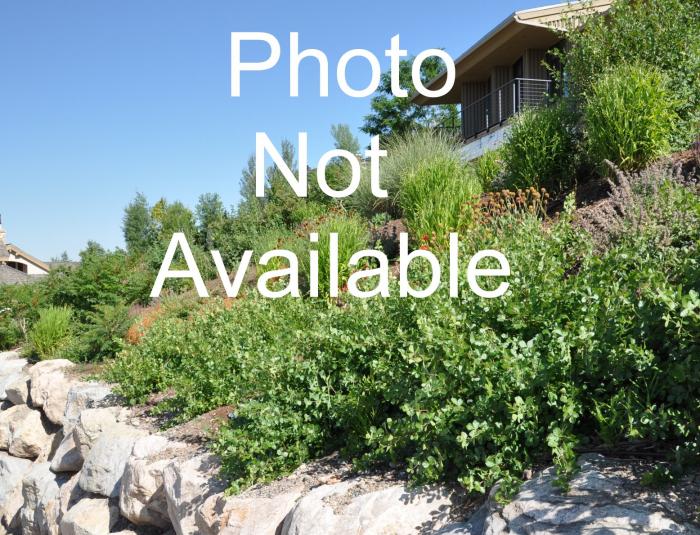| Botanical Name: Oenothera howardii | |
| Common Name: Bronze Evening Primrose |

-
Anatomy
-
Culture
-
Design
Plant Type
Perennial
Height Range
1-3'
Flower Color
Yellow
Flower Season
Summer
Leaf Color
Dark Green
Bark Color
n/a
Fruit Color
n/a
Fruit Season
n/a
Sun
Full
Water
Low, Extra in Summer
Growth Rate
Moderate
Soil Type
Sandy, Clay, Loam, Rocky, Unparticular
Soil Condition
Average, Poor, Well-drained, Dry
Soil pH
Neutral
Adverse Factors
Invasive
Design Styles
English Cottage, Meadow, Mediterranean, Ranch, Spanish, Tropical
Accenting Features
Showy Flowers
Seasonal Interest
Summer
Location Uses
Perennial Border
Special Uses
Mass Planting, Small Spaces
Attracts Wildlife
Hummingbirds, Butterflies
Information by: Stephanie Duer
Photographer:
Photographer:
-
Description
-
Notes
Similar to other evening primrose, but taller, growing to 2 to 3 feet tall and 2 feet wide. It has lance-like foliage of medium to dark green, with a prominent white midrib and undulated and toothed edges. Flowers are large, papery, and four-petaled, and open yellow and fade to bronze, maroon, or red, giving the plant a multi-colored character. Blooms May to August.
Grown in average, dry to medium, well-drained soil in full sun. Tolerates poor and/or limy soils, drought, and some light shade. Easily grown from seed and will self-seed under optimum growing conditions (which is almost anything), except it doesn't grow well in wet soils.